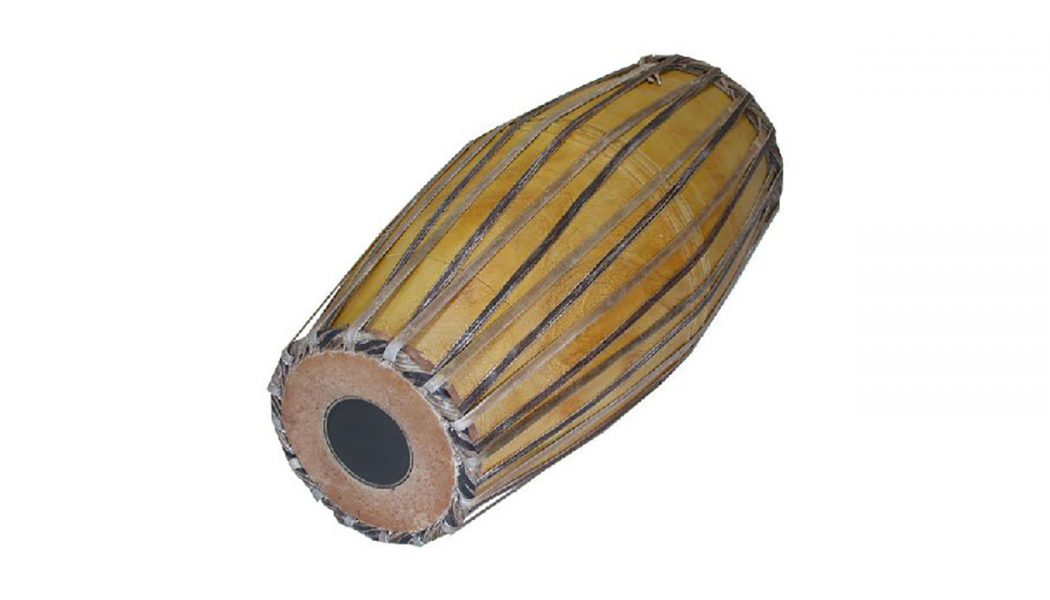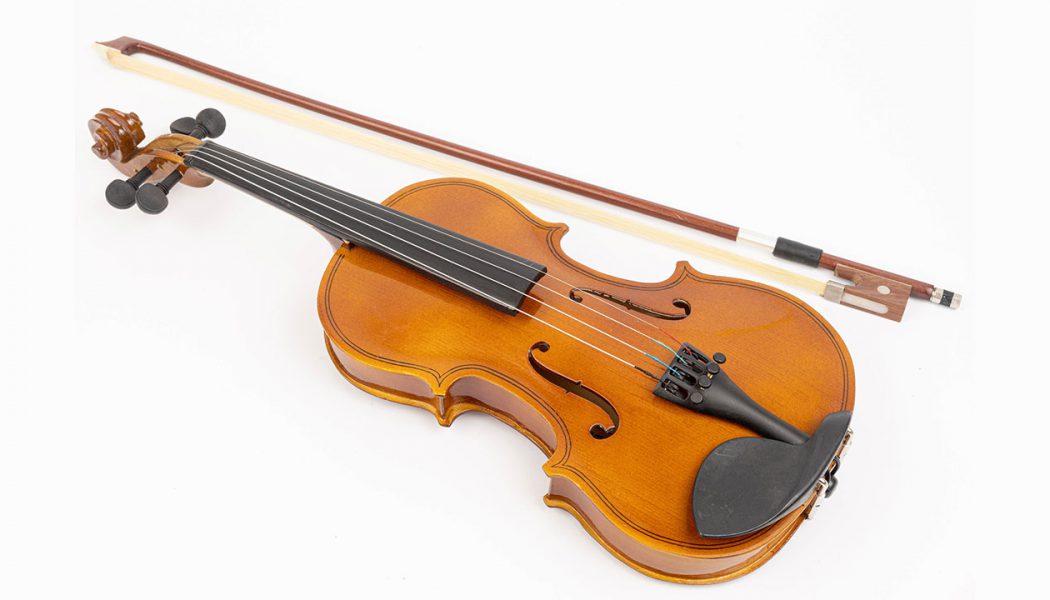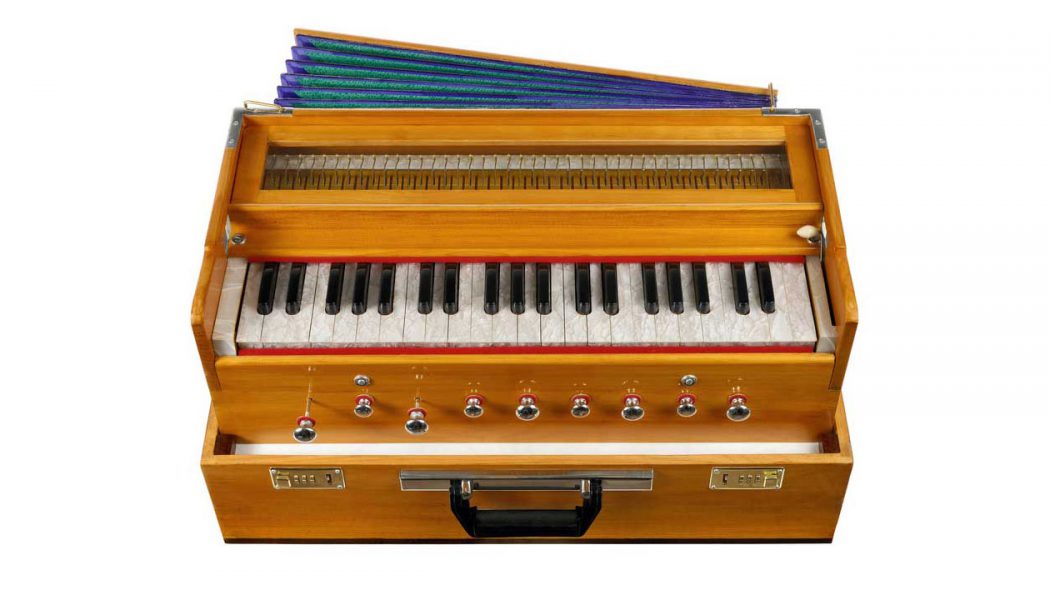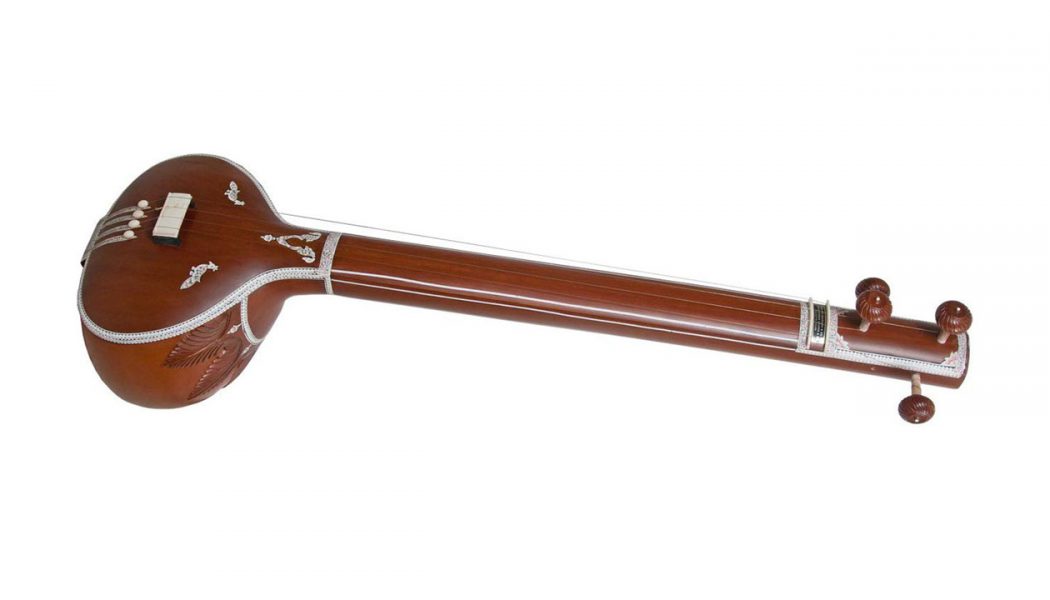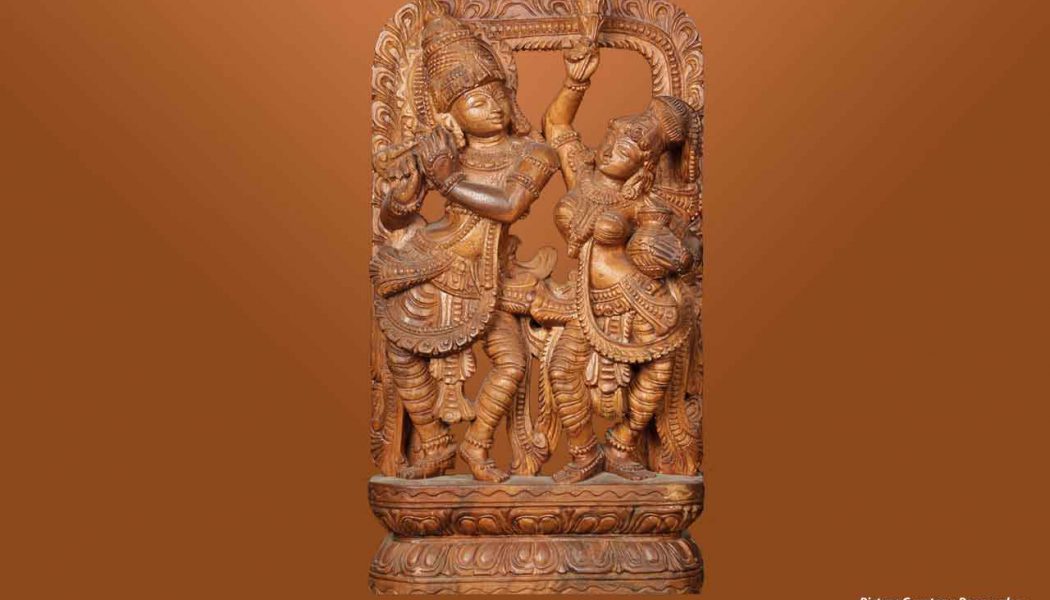Musical Instruments
Mridangam
Mridangam, a percussion instrument, is the primary rhythmic accompaniment in Carnatic Music ensemble. According to Hindu Mythology, the origin of Mridangam is connected with Lord Nandi the escort of Mahadeva. During the Tandava dance by Lord Shiva (Mahadeva) Nandi seemed to have played Mridangam. It is also connected with Lord Ganesha the remover of obstacles. The earliest versions of Mridangam were made of hardened clay, suggesting the origin of its name from the Sanskrit words “Mrttika” and “Angam”. Mrttika means Clay or Earth and Angam means Body or Limb. Hence Mridangam means a body made out of clay. Structure A double-headed barrel-shaped drum, the present Mridangams are made out of single hollowed-out piece of wood. Normally the wood of Jack tree or Rosewood i...
Violin
Violin is a string instrument which is an indispensable item in Indian Classical Music. It is also known by the name Fiddle. It is most prominent in the Western Classical tradition as well. Violins are used from Chamber Music to Orchestras in Ensembles and also as Solo Instrument. Strings and Body A typical Violin has four strings tuned in perfect Fifths with Notes G3, D4, A4 and E5. In Musical Theory a Perfect Fifth is the musical interval corresponding to a pair of pitches with a frequency ratio of 3:2. Most violins have hollow wooden body and played by drawing a bow across its strings. The Bow is a Tensioned Stick which has hair coated in Rosin affixed to it. Usually Horse-Tail Hair is used. Rosin is a solid form of Resin obtained from Pines and other plants. Coating the Hair with Rosin...
Harmonium or Pump Organ
Today we will look at another important Musical Instrument, the Harmonium or Pump Organ. It is also called as Melodeon and is a keyboard instrument. A Harmonium is a free-reed organ that generates sound with a foot or hand pumped bellows. It produces sound as air flows past a vibrating reed in a frame. The physical characteristics of the reed like its mass, length, cross-sectional area and stiffness determines the pitch of the sound. The physical dimensions of the chamber in which the reed is fitted, the amount of air flow etc. are also important in the pitch of the sound produced. The original idea of a free reed organ is imported from China through Russia after 1750. The first Western free reed instrument was made in Denmark in 1780. The portable hand pumped Harmonium is a prominent inst...
Tamburu
Tamburu is an important musical instrument for Indian Classical Music. It is a long -necked, plucked string instrument, supporting and sustaining the melody of a singer or another instrument, while not playing melody on its own. It provides a continuous harmonic bourdon or drone. Tamburu is also called as Tanpura, Tampura, Tanpuri etc. The name itself is derived from Persian word Tanbur. The timing of plucking one cycle of four strings in a continuous loop determines the resultant sound, which is played continuously and unchangingly during the complete performance. The Raga is drawn on a sonic canvas produced by the repeated cycle of plucking the strings of a Tamburu. There are male and female Tamburu. Electronic Tamburu is also available which are very compact, producing professional and ...
